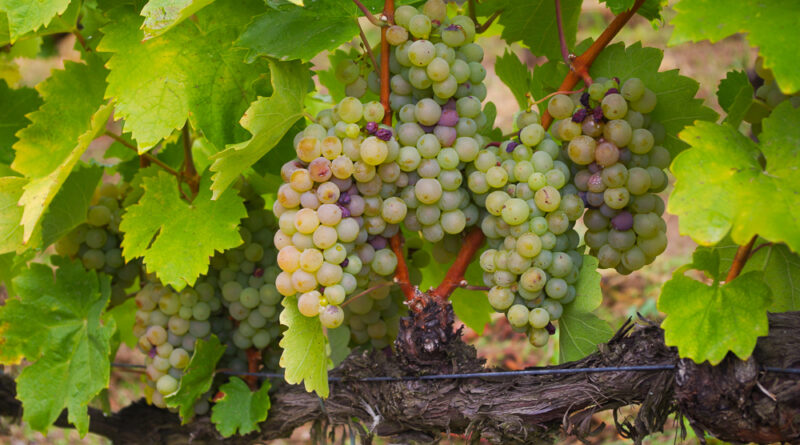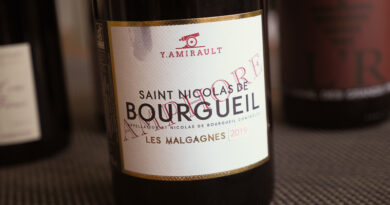Furmint study: investigating the dry wines from Hungary’s famous white grape
Hungary used to be the third biggest wine producing country in the world, says Caroline Gilby who was leading this deep dive into Furmint, its best known grape variety. [Gilby is the UK expert on the wines of Hungary and other Balkan countries.] Back in the 18th century it had 571 000 hectares of vineyards. Now it has a tenth of this vineyard area, with just 58 000 hectares, and it struggles to make itself known in a crowded wine world.
Why has Hungary been bad at marketing its wines globally? The Hungarian ambassador to the UK, Dr Ferenc Kumin, introduced the tasting, and offered an explanation. He says that Hungarians have such a strong conviction that their wines are the best in the world, so they don’t feel they have to make much effort: surely everyone else is going to recognize this too. After all, Tokaji, its famous sweet wine, features in the national anthem.
Hungary is largely a white wine country, with 40 000 hectares planted to white grapes and just 18 000 to red. But it’s a red variety that is most widely planted: Kekfrankos, known elsewhere as Blaufrankisch and Lemberger. In second and third place are Bianca (a hybrid cross created in the 1960s, although this surprises me) and Cserszegi Fűszeres, with Furmint coming in fourth with just over 3700 hectares in production. All but 157 hectares of this are grown in the Tokaji region, where it is the principle variety of six permitted for the production of the region’s sweet wines.
‘It is a fantastic grape for reflecting terroir,’ says Gilby, citing research by Kneip, showing how site characteristics alter the berry skin thickness.
It shares one of its parents, Gouais Blanc, with Riesling and Chardonnay. The other is a Romanian grape variety called Alba Imputotato, which has Hungarian parents. Furmint was first mentioned in 1611, but it’s likely to be older than this. It is known for its notable acidity, and it can also be quite phenolic. It’s not overly aromatic.
So why the push for dry Furmints? Furmint is brilliant for the sweet wines of Tokaji, but the demand for these gems isn’t inexhaustible, and climate change is limiting their production. On the complex volcanic-derived terroirs of Tokaji, which vary quite a bit, the hope is a new generation of winegrowers will fashion world class dry wines from this variety to go alongside the sweet wines that made the region – and Hungary more generally – famous.
I tasted five examples, and a Furmint-dominated blend. These are my notes, along with a video tasting note.
THE WINES
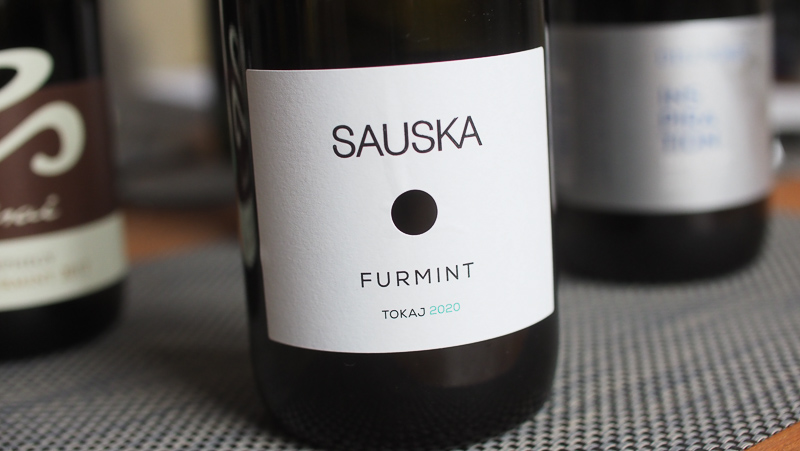
Sauska Furmint 2020 Tokaji, Hungary
13.5% alcohol. This is really fruit driven and primary with pear drops and citrus fruit, with grapefruit brightness and also a touch of table grape sweetness on the finish. Very primary and fruit-driven, and quite pretty with it. 88/100 (£10.95 All About Wine, for the 2018)
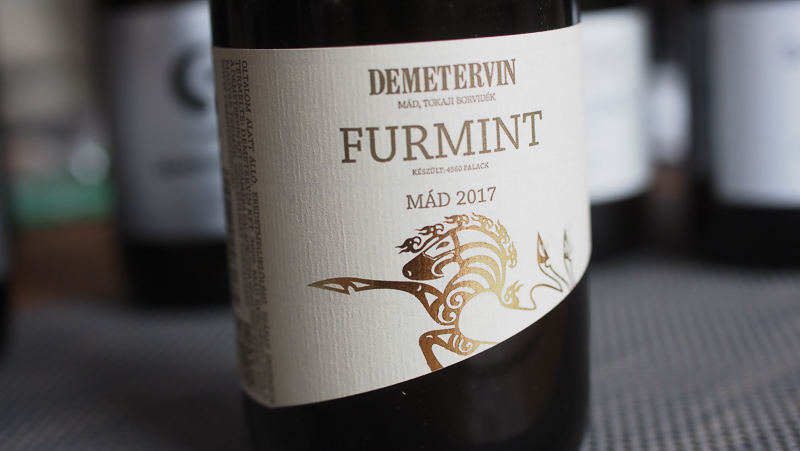
DemeterVin Furmint Mád 2017 Tokaji, Hungary
13.2% alcohol. DemeterVin, based in Mád, have 8 hectares of vines spread over three sites. This has a pure, limey, mineral nose, leading to a fresh, focused palate with crisp citrus fruit and a touch of pithiness. It’s dry and has a bit of structure. Very bright and pure with fruit to the fore. 90/100 (£24.99 Novel Wines)
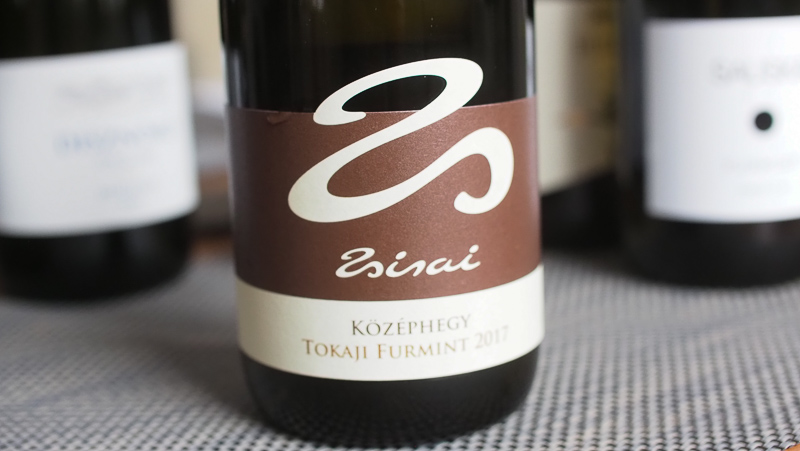
Zsirai Középhegy Furmint 2017 Tokaji, Hungary
12% alcohol. This is a single-vineyard wine. A full yellow in colour, it’s dense and waxy and a bit grippy. There’s honey and spice on the nose, and notes of marmalade, lime and toast on the palate. Lots going on here with nice tangy brightness and good acidity. Edgy and distinctive. 91/100 (£20.62 Jascots)
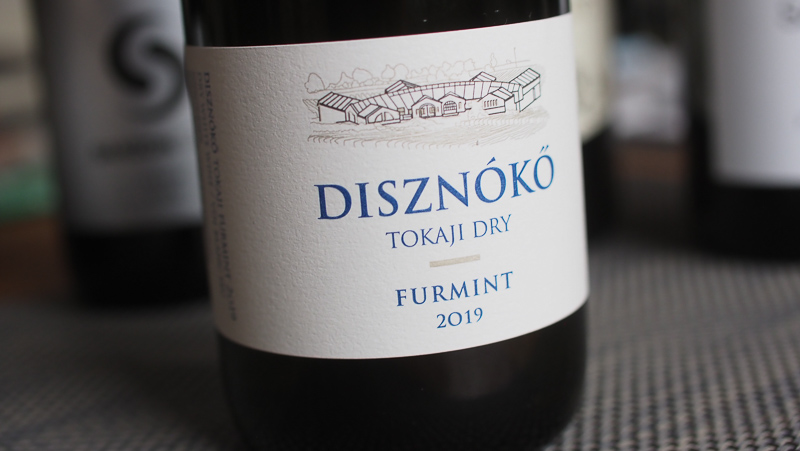
Disznókő Furmint Dry 2019 Tokaji, Hungary
13.5% alcohol. This is bright, fruity and primary with lovely crystalline citrus fruit and some mineral hints, with a tapering fine finish showing mandarin and lime, with good focus and purity. Very stylish and pure. 90/100 (£16 Ocado, Averys, Selfridges, The Oxford Wine Company, Cambridge Wine Merchants, Lea and Sandeman, Cheers Wine Merchants, Whitmore & White, Wine Ways, True Food, Flora Fine Wines, South Down Cellars)
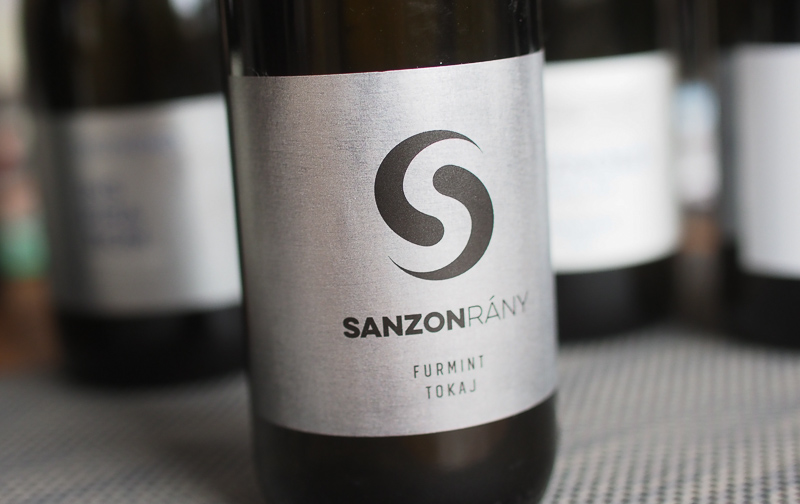
SanzonTokaj Rány Furmint 2018 Tokaji, Hungary
14% alcohol. From a winery founded in 2014 now farming 4 hectares of vines. This is full flavoured and balanced with sweet pear and citrus fruit, some richness, and lovely generosity. There’s good concentration here, with multi-layered pear, orange peel, mandarin and melon flavours, as well as apricot and honey. Furmint at its richnest and most appealing. 91/100 (£16.49 Novel Wines)
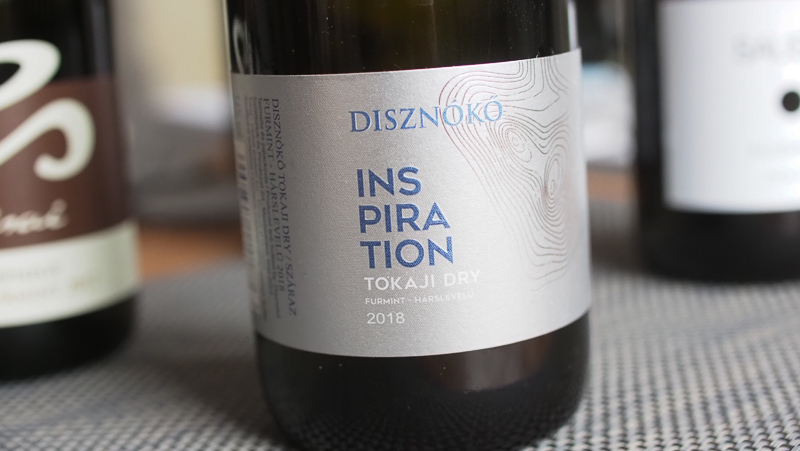
Disznókő Inspiration Tokaji Dry 2018 Hungary
There’s 78% Furmint and 22% Harslevelu in this blend, which is aged in 500 litre oak. Very fine and fresh with a nice citrus, mineral combination. Stony and vivid with a bit of pithiness, and some marmalade notes. Has nice intensity, with quite a dry, savoury finish. A concentrated, multi-layered wine. 91/100 (£25 International Cheese Company, Bon Coeur, Gauthier online, Wine Ways, South Down Cellars)

